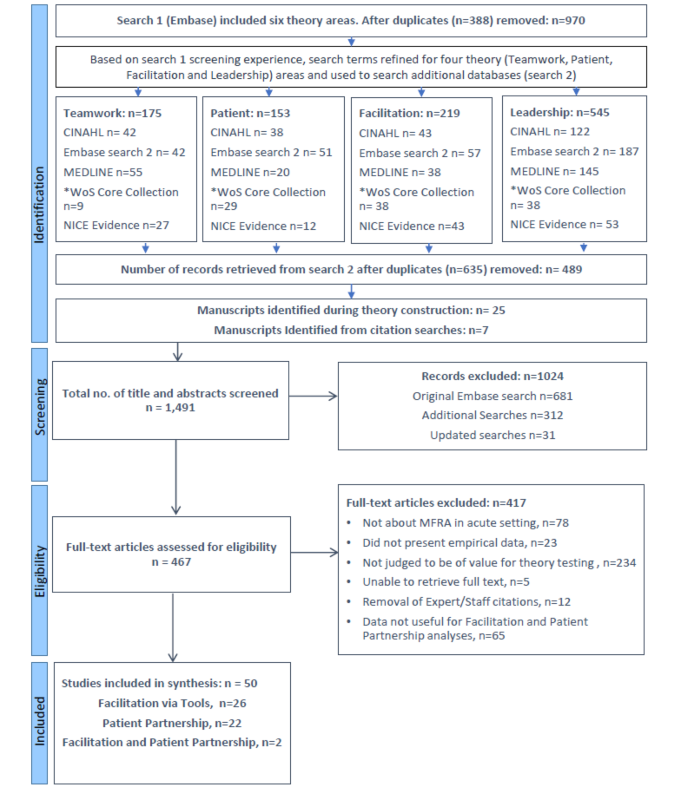Dementia Fall Risk for Dummies
Excitement About Dementia Fall Risk
Table of ContentsThe Definitive Guide to Dementia Fall RiskOur Dementia Fall Risk StatementsGet This Report about Dementia Fall RiskSome Known Details About Dementia Fall Risk Not known Facts About Dementia Fall Risk
However, based on symptoms and signs, such as proof of head injury or a new focal neurologic deficiency, calculated tomography or MRI of the mind might be suggested - Dementia Fall Risk. An assessment for sources of syncope should be performed just if there is strong uncertainty, as when it comes to persistent, unexplained falls
Medical care service providers utilize a loss risk assessment to recognize your danger factors for dropping and make useful recommendations. A loss danger evaluation is vital since recognizing which factors boost your chances of falling assists you: Reduce your threat of dropping or hurting yourself.
Maximize your capacity to relocate and be active. Preserve a healthy and balanced, independent life. All adults 65 years and older need to have a preliminary fall danger testing. Your health care service provider might ask you whether you: Feeling unstable when standing or strolling. Have fallen in the previous year. Worry concerning dropping. If you answer yes to any one of these questions, your doctor will certainly suggest an added, more thorough assessment.
Our Dementia Fall Risk PDFs

Explore this thorough nursing treatment plan and monitoring guide to effectively avoid threat for drops among individuals. Get vital knowledge about the nursing evaluation, taking care of diagnosis, and goals specifically customized to patients who are at threat for falls. A is go to this site specified as an occasion that leads to a person coming to relax unintentionally on the ground or flooring or various other reduced level (WHO, 2021).
Dropping is the second leading cause of death from unintentional injuries globally. It is estimated that fall fatality rates in the United state
The 45-Second Trick For Dementia Fall Risk
If this price continues, the CDC expects 7 fall deaths every hour by 2030.
Each year, over 800,000 clients are a knockout post hospitalized due to the fact that of drops. Nurses play a significant role in stopping succumbs to their people with education and learning, evaluating autumn danger, developing safer atmospheres, and supplying treatments in protecting against injuries from drops. Several risk aspects and conditions add to drops, consisting of the following:. Matured 65 years and older; reduced limb prosthesis; use assistive tools such as pedestrian, crane, and wheelchair; living alone.
Individual will certainly show careful prevention procedures. Person and caretakers will certainly carry out methods to increase safety and prevent drops in the home. Autumns are because of numerous elements, and a holistic technique to the private and atmosphere is necessary. Expect a person is considered at high risk for drops after the testing.
The 10-Second Trick For Dementia Fall Risk
A calls for using a confirmed device that scientists have checked out to be helpful in naming the causes of drops in an individual. As an individual's health and wellness and situations adjustment, reassessment is needed. The level of fall risk can be determined utilizing the assessment of inherent and extrinsic elements. Criterion assessment tools can additionally be used (reviewed below).
People are extra most likely to drop again if they have maintained one or more falls in the previous 6 months. The older populace is at boosted threat of fall-related readmissions based on a research identifying the factors predictive of repeat drops linked end results (Prabhakaran et al., 2020).
The capacity of people to safeguard themselves from drops is impacted by such factors as age and advancement. Older people with weak muscular tissues are a lot more likely to drop than those who maintain muscle mass strength, versatility, and endurance.
The Greatest Guide To Dementia Fall Risk
Less comparison sensitivity was rather linked with both increased prices of drops and various other injuries, while lowered visual their explanation acuity was just related to increased fall rate (Wood et al., 2011). Sensory assumption of environmental stimuli is vital to safety and security. Vision and listening to problems restriction the patient's ability to regard risks in the environments.
Older grownups who have poor balance or difficulty strolling are more likely to drop., or other medical conditions and therapies., and use of psychotropic medicines (Stanmore et al., 2013).